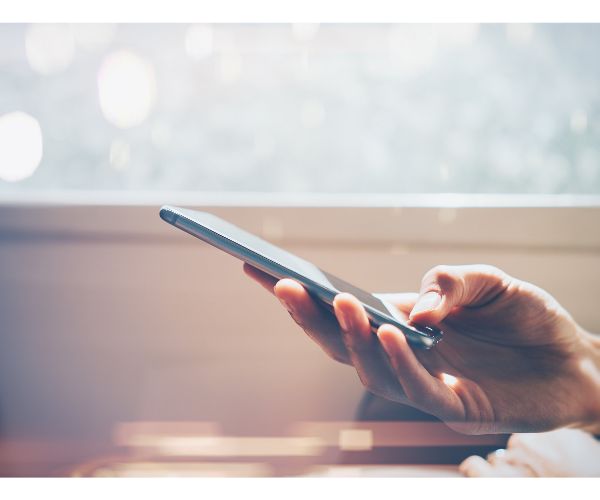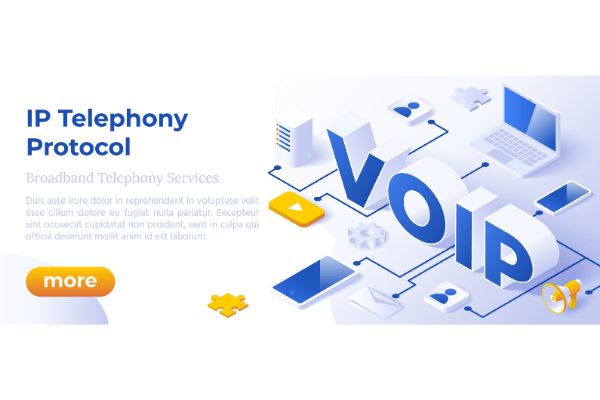Disclaimer: This post may contain affiliate links, meaning we get a small commission if you make a purchase through our links, at no cost to you. For more information, please visit our Disclaimer Page.
A caller’s ID could be misinterpreted while transmitting through several intermediary carriers. Also, it’s possible for a caller’s ID to be replaced or lost as it crosses international borders. Technological advancement and the internet have made calling ID spoofing and camouflage achievable.
Table of Contents
What Determines Caller ID Location?
Caller ID is the common feature in phones, identifying an incoming call by displaying the name and phone number. Sometimes, the feature can misinterpret an incoming caller’s ID because it isn’t perfect.
However, this doesn’t often happen, and caller ID can be quite a helpful piece of information.
Most commercial phone providers offer this feature, like VoIP, landline, and mobile phone services. A presiding body like the Federal Communications Commission (FCC) did not n’t regulate caller ID.
Instead, the feature is a combined network of independent databases that often run with out-of-date information.
Communicating with your phone company is advisable if your business caller ID isn’t set up. Your ID is usually the first information seen by a potential partner, customer, or affiliate.
Therefore, a wrong caller ID can prevent people from taking your calls, costing you opportunities and clients.
This phone feature helps find out the basic identification details of a calling party if it’s available. Although the caller ID’s primary information is the phone number, the feature is often likened to the caller’s name.
The service responsible for providing the calling party’s name is CNAM. When a line is dialled, the caller’s phone switch will send their number to the receiving end.
Then, the recipient’s service provider becomes responsible for looking up the dialler’s subscriber name.
The recipient’s carrier queries a CNAM database to ascertain the name registered to the displaying phone number. This makes it easy to get a caller’s location.
A caller ID location is almost impossible to change, as the caller’s ID displays it. So instead, a caller’s ID location is ascertained by the geographical location from your phone number’s rate center.
At the same time, the phone digits shown by caller ID is ascertained by the initiating party.
It’s different with landlines, as the caller ID displays the registered number on the line. The phone system can determine what number displays for SIP or PIR connections through a case-by-case setting.
What Does It Mean When a Caller ID Says United States?
Caller ID has two sides: the caller ID name (CNAM) and the caller ID number (CID). The number follows the call routing instructions, making it easy for the recipient’s carrier to display it. On the contrary, the caller ID name (CNAM) isn’t displayed by the caller’s carrier.
Instead, the recipient’s carrier must confirm it with an industry database, matching numbers to names. Google doesn’t consent to this database, so it doesn’t have permission to display name information.
As for location information, it’s provided by the carrier you choose as your forwarding phone number. When the carrier cannot detect the location, it’ll forge whatever generic information it can at that time.
Most times, it’s the name of a state or city, which is established by the accompanying area code and prefix. If your carrier shows a different location, you must contact them for help.
Caller ID is transferred from carrier to carrier when a call is initiated. When the recipient’s carrier dictates an incoming call, they perform basic systemization. Then it can display the incoming caller’s ID using a formatting standard.
Unfortunately, all carriers don’t apply the same caller ID formatting. So, a caller’s ID information can be altered before reaching the receiver’s carrier. This altercation is possible in passing an ID through different networks before getting to the receiving end.
A carrier will display the exact caller ID information it receives from the calling party. Unfortunately, most carriers cannot determine the caller’s ID once the transmitting carriers have altered it.
When Do Phones Display the Caller ID Location?
It would help to remember that caller ID doesn’t guarantee that a caller’s identity is confirmed. The feature is merely an estimate programmed to give you an idea of who’s trying to reach you.
In addition, local regulations can sometimes dictate that a caller ID has been altered for most international calls.
For example, every number in the United States must show the original caller ID number. However, there might still be some reasons a wrong or incomplete number is displayed.
For example, it’s possible that the Voice-over-IP system handling the caller ID wasn’t configured correctly, so it’s showing a wrong number. As a result, the caller ID isn’t correctly transferred from the caller’s system to the carrier sending the call.
It’s also possible that an individual or organization outside the States is neglecting the law and displaying a false caller ID. That way, they can also show a different location from the place they’re calling from.
Although, this action isn’t with SIM card-restricted mobile numbers. Some individuals tend to disregard the law guiding caller ID information. If a service provider intentionally neglects this law, they may have to face severe legal consequences.
Note that the governing law in the United States wouldn’t be the same in other countries. In Canada, for instance, you’re not legally obligated to display a caller ID that matches your original phone number.
How Do I Change the Outgoing Caller ID on My iPhone?
This action can’t be performed directly from the iPhone. It’s possible to turn off your outgoing caller ID, but you can’t change it. This is because the carrier determines the outbound caller ID, not your iPhone.
Registering a brand-new phone number is the most workable option to change your location. Unfortunately, most carriers don’t permit changing outbound caller ID for apparent reasons. That said, external means have explicitly been devised to help you perform this action.
However, some of these solutions can be a bit complicated. A more “legal” means of performing this action is registering for a number with a Voice-over-IP (VoIP). This service permits you to choose your outgoing caller ID.
Popular telecommunications have provided this service mode for traditional business telephone lines for years. That makes it possible to call employees directly at their desks by dialling a number rather than using a switchboard.
So, for instance, a company with 2000 employees won’t have to subscribe to the same number of telephone lines. The company might not even have more than 12 lines.
So here’s how it works: when an outbound call is made, the telephone system programs the caller ID to match its internal extension.
This is the same way voice-over-IP services can provide this function for businesses. What’s more? Their services are provided at cheap rates.
Another great advantage is that voice-over-IP provides an open standard service, so it’s not limited to any particular provider. This makes it possible to use it with any universal VoIP app.
You could control your outgoing caller ID from their website or through a VoIP app. Groundwire, for instance, allows you to change your caller ID on the app each time you want to place a call. You could also change the displayed name (CNAM) and the caller ID number separately.
Yet, all VolP services don’t necessarily offer this service. This is true, especially for those primarily aiming to protect their users. They’ll require you to confirm your registered phone number to permit such a function.
The possibility of changing outgoing caller ID is an important reason you should learn to stay alert. You shouldn’t trust the caller ID number displayed on the screen when your phone rings. The caller ID feature wasn’t intended initially to verify calls.


